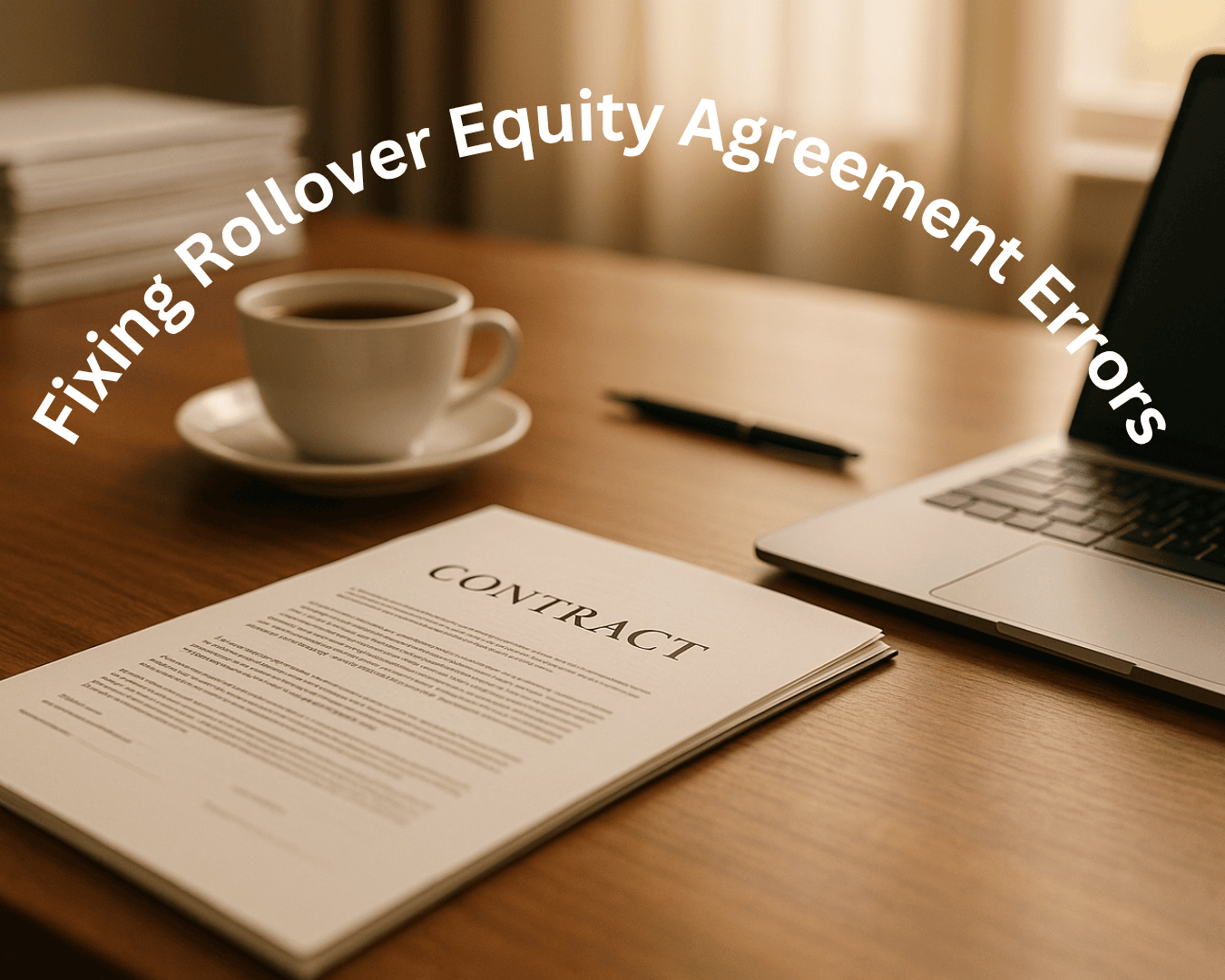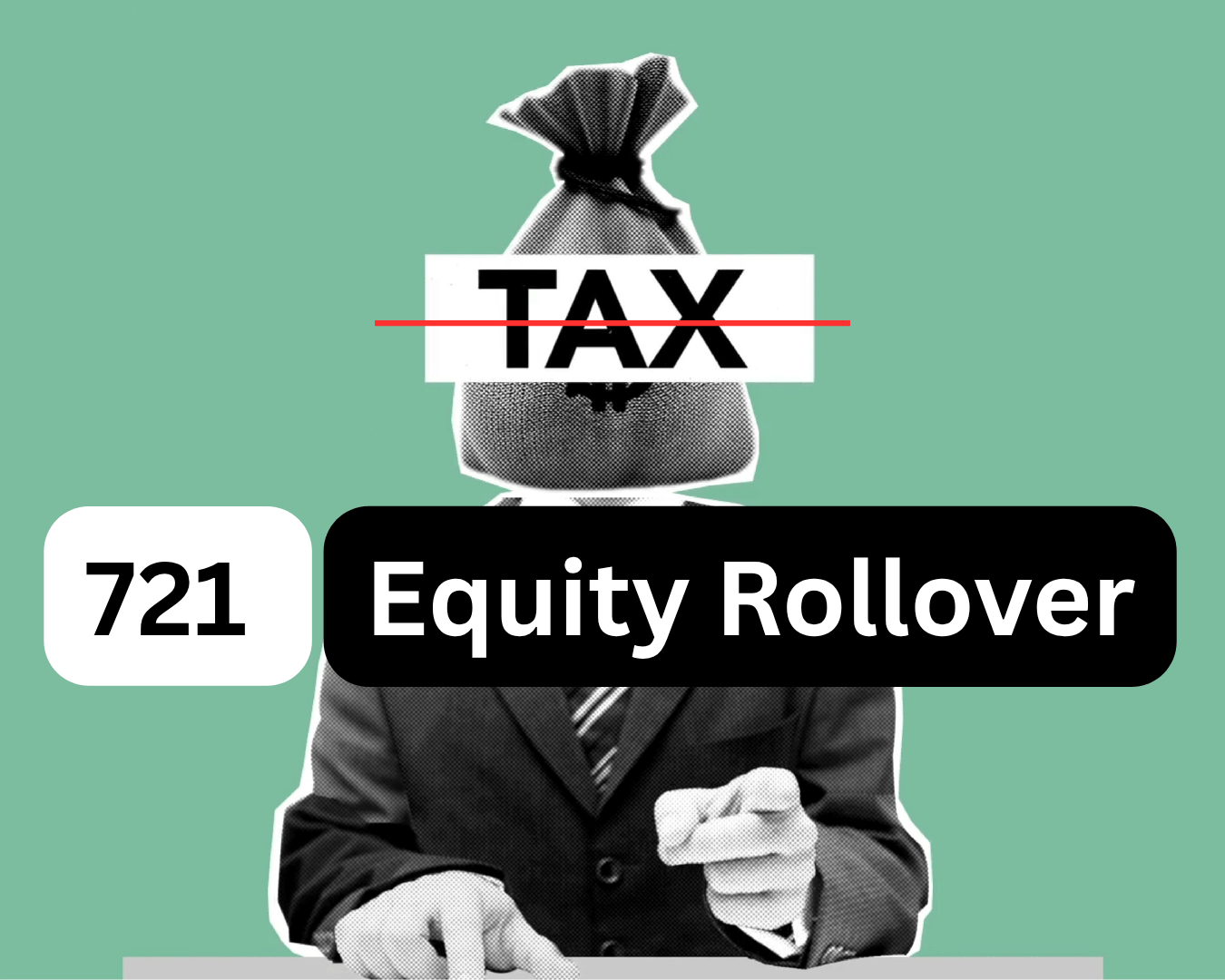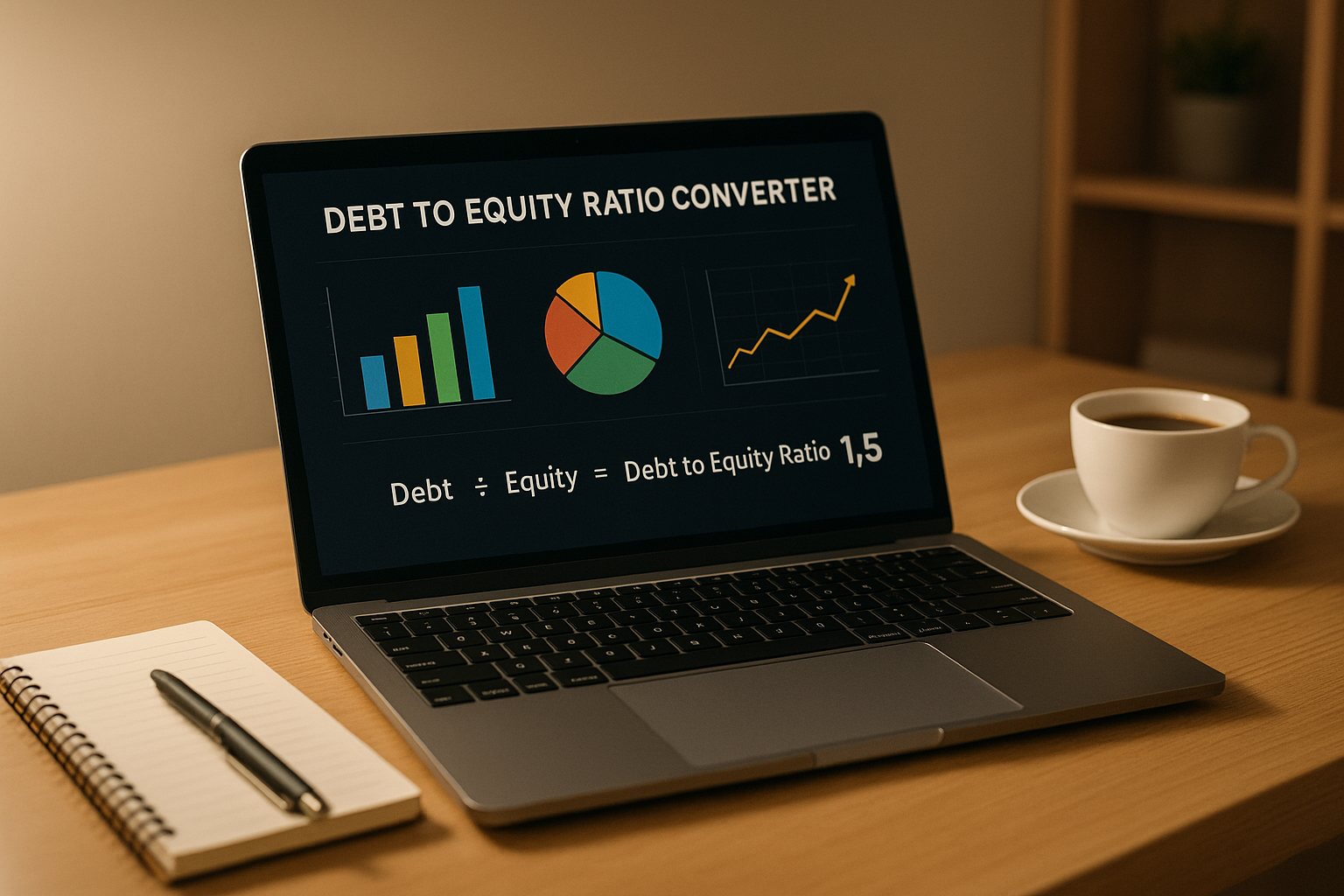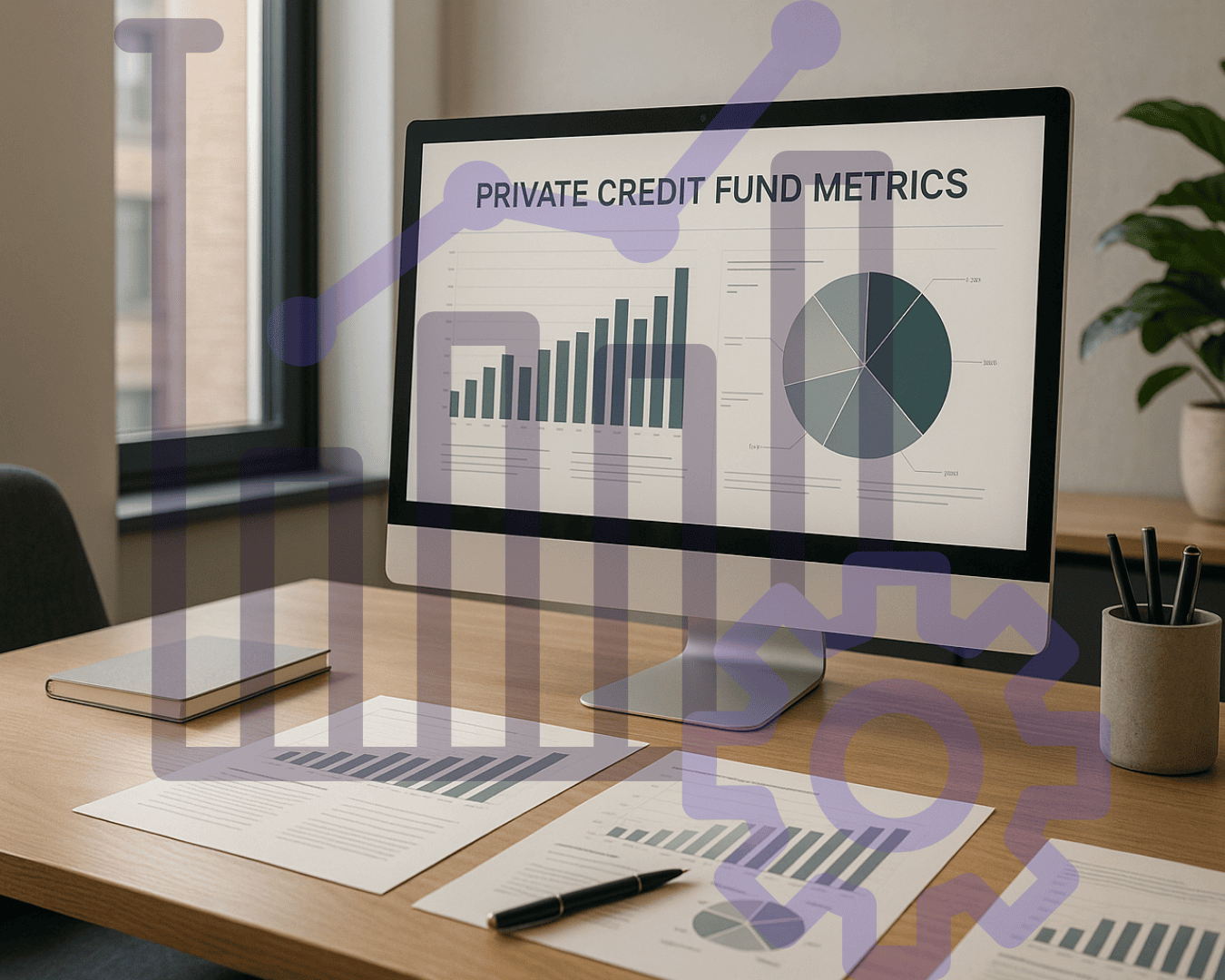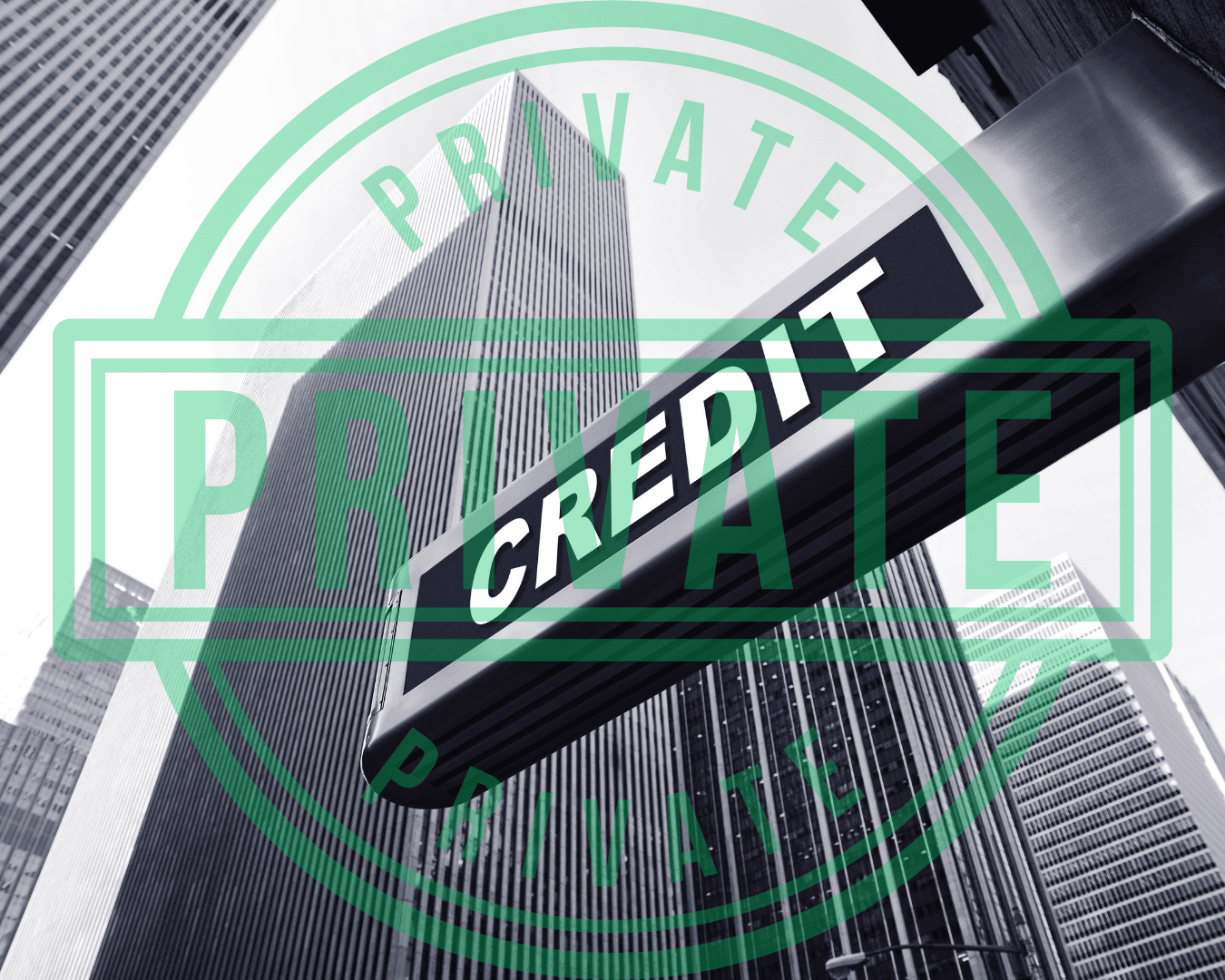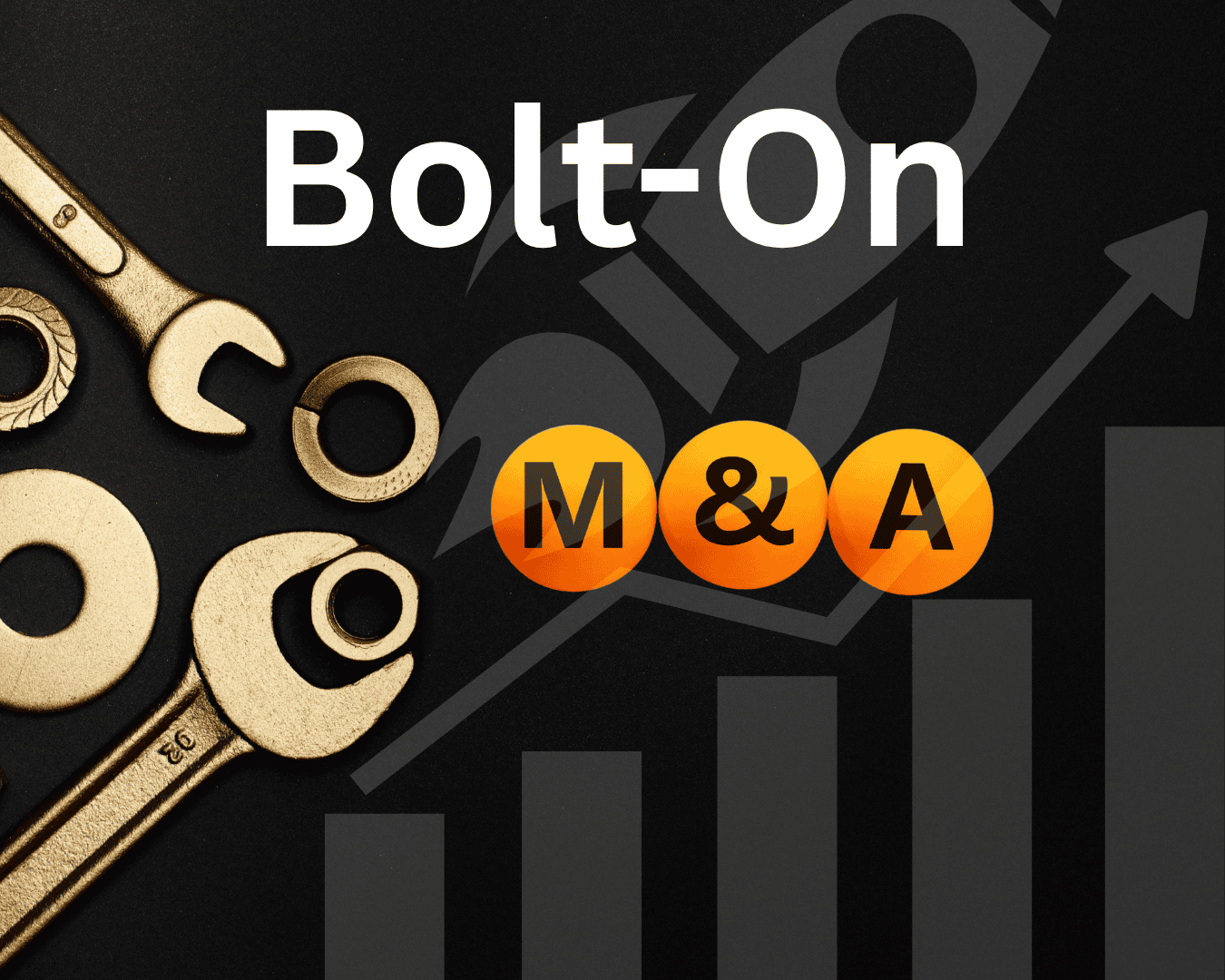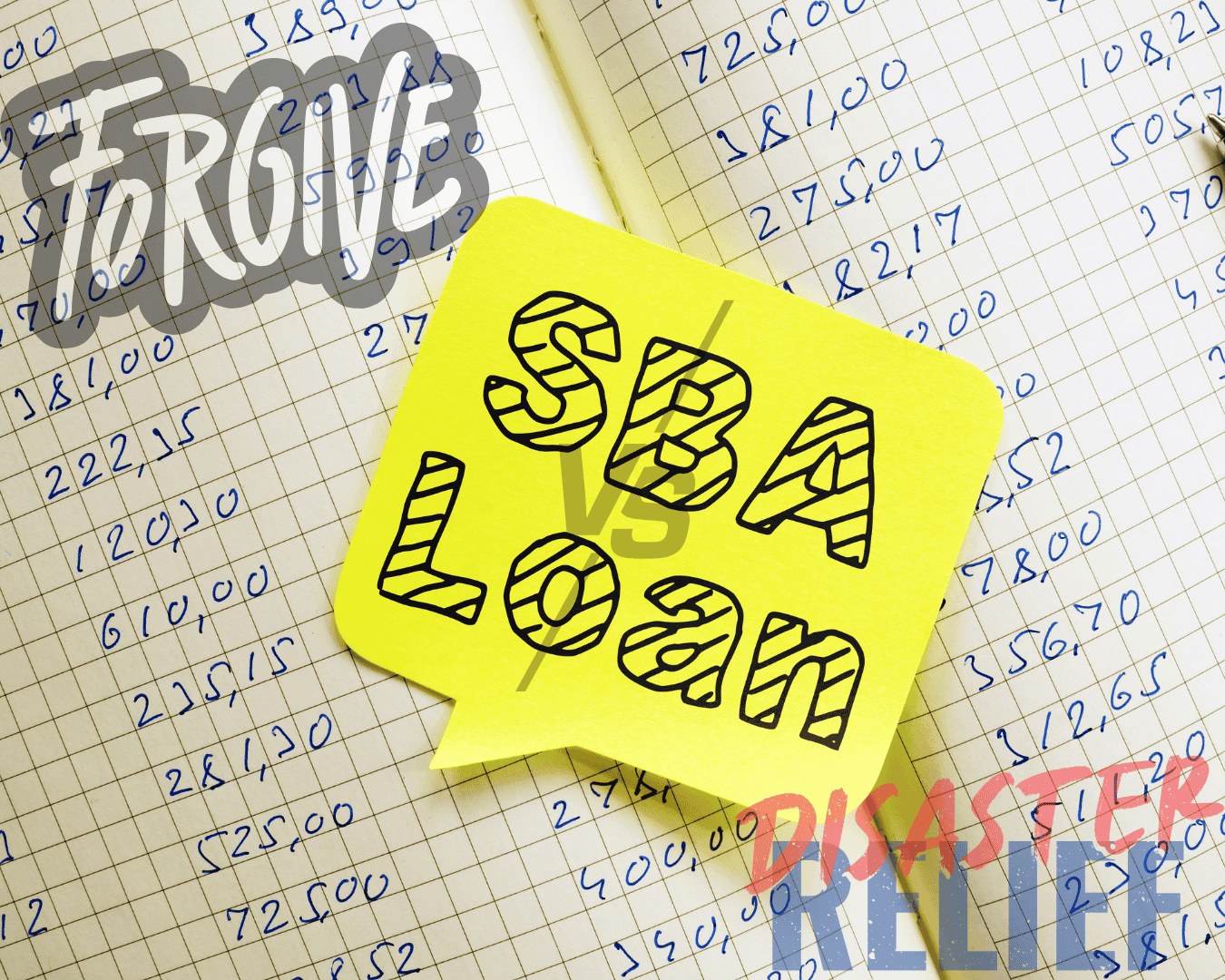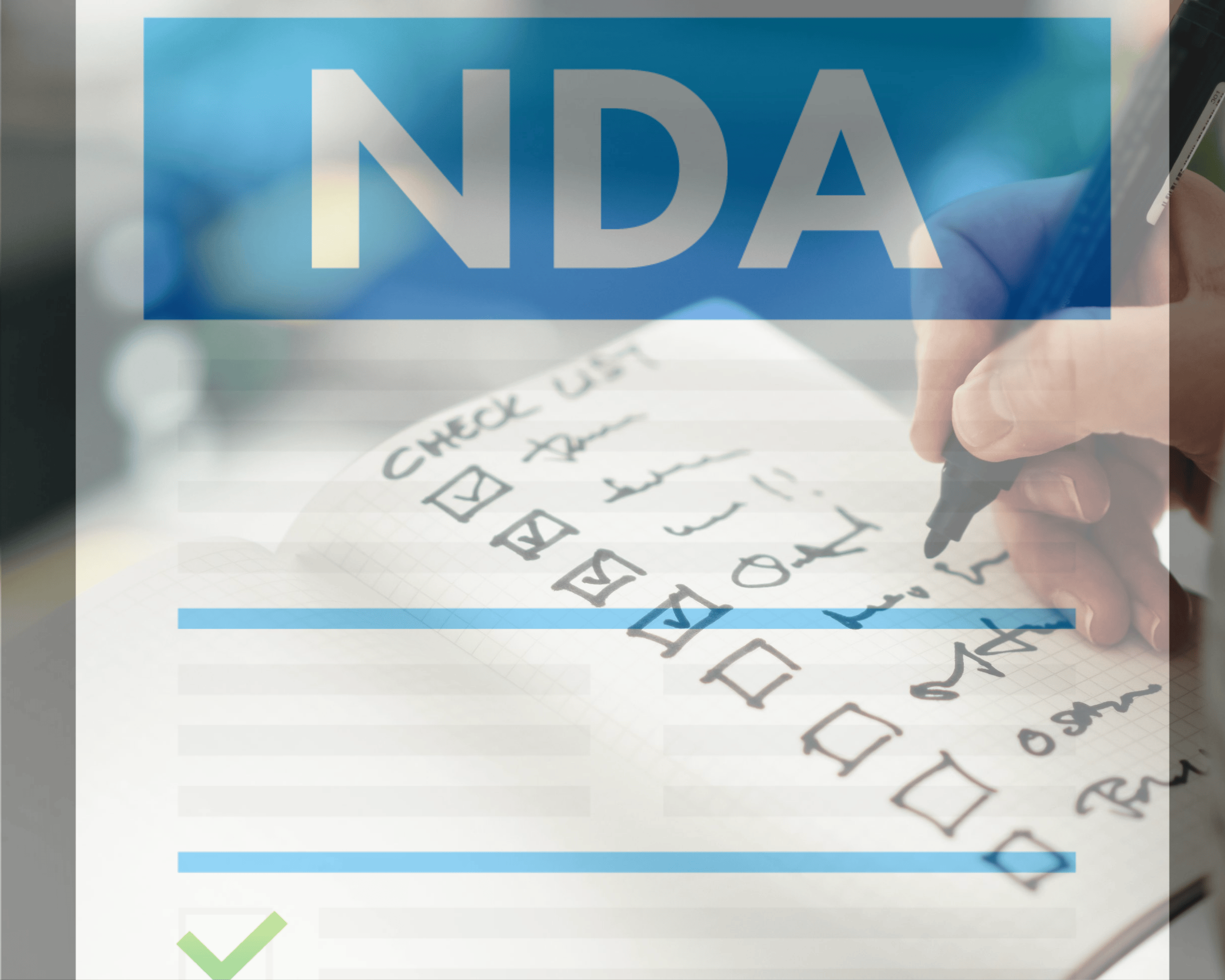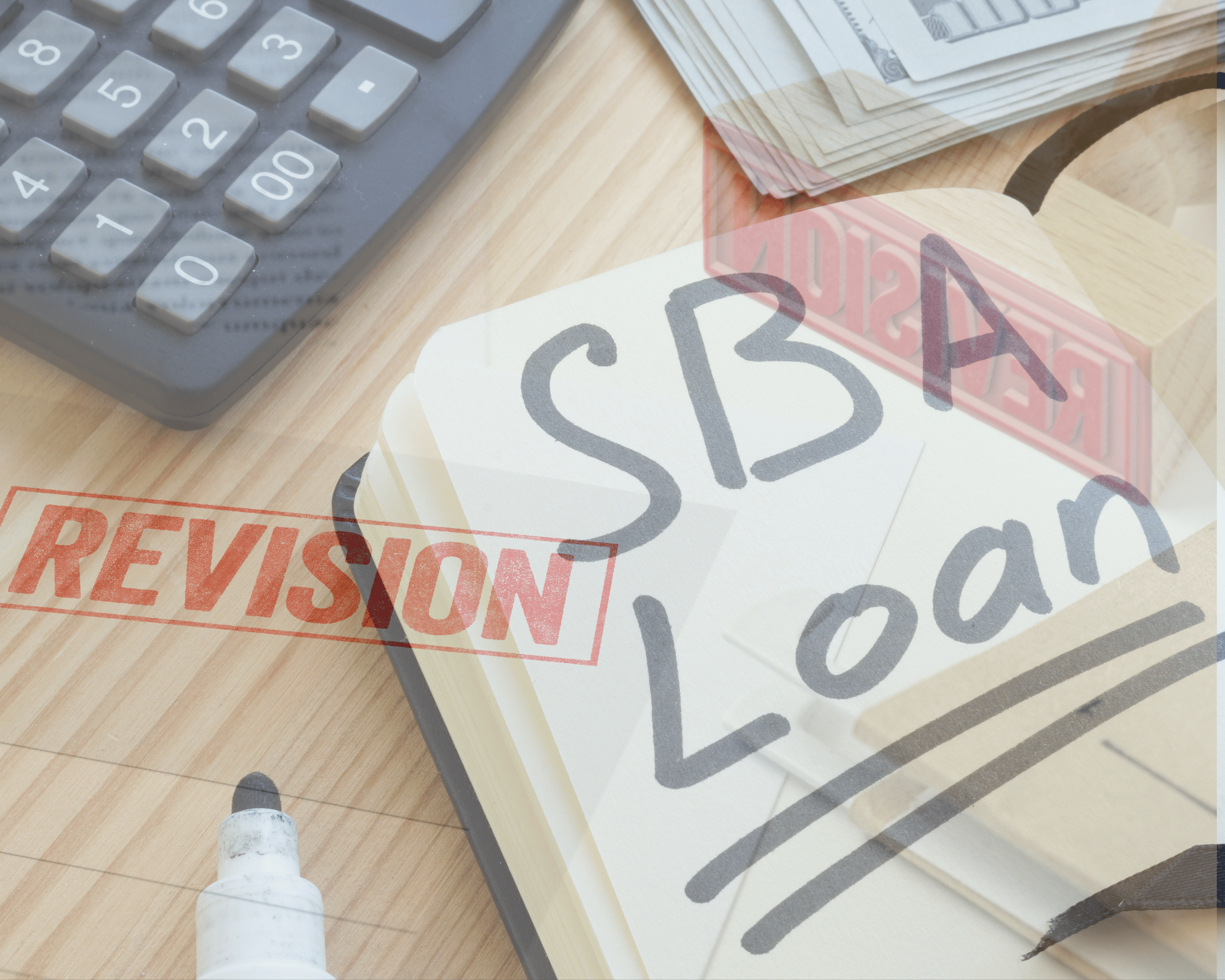When your SBA loan application gets rejected, don’t lose hope. Lender feedback is a roadmap to fixing key issues and improving your chances of approval. Common problems include missing documents, weak business plans, low credit scores, and disorganized submissions. Here's how to tackle these challenges:
- Check Documentation: Use a checklist to ensure you’ve included all required forms, tax returns, and financial statements. Keep details consistent across documents.
- Strengthen Your Business Plan: Provide realistic financial projections backed by data. Clearly explain how you’ll use the loan funds.
- Fix Credit Issues: Address errors on credit reports, pay down balances, and resolve unpaid accounts.
- Choose the Right Loan Program: Match your needs to the correct SBA loan type, like 7(a) for working capital or 504 for real estate.
- Organize Your Application: Submit well-labeled, easy-to-read documents in a clear order.
Using tools like Clearly Acquired can help streamline the process, offering secure file sharing, AI-driven business insights, and expert pre-qualification advice. The key to approval lies in preparation, addressing lender feedback, and submitting a polished, error-free application.
SBA Loan Mistakes to Avoid. Best Ways to use SBA loans for Small Business
Common Problems in SBA Loan Feedback
When lenders evaluate SBA loan applications, they often encounter recurring issues that cause delays, require revisions, or even lead to rejections. These challenges can be frustrating for business owners, but knowing the common pitfalls can help you create a stronger, more polished application.
Missing or Incorrect Documentation
One of the most frequent issues is incomplete or inaccurate documentation. Lenders need precise, up-to-date forms and financial records to assess your application. Missing critical items - like SBA Form 1919, SBA Form 1920, recent tax returns, or complete bank statements - can undermine your credibility. For example, gaps in bank statements that obscure your cash flow or personal financial records that don’t align with business documents can raise red flags about your financial stability.
Weak Business Plans
A poorly developed business plan often signals a lack of preparation. Common mistakes include overly optimistic revenue projections unsupported by market research or vague market analysis that fails to demonstrate a clear understanding of your target audience and competition. If your financial projections don’t align with your historical performance or supporting documents, lenders may question whether your loan request is realistic or viable.
Credit Score Challenges
Credit history plays a critical role in the SBA loan process. While the SBA doesn’t set a minimum credit score, lenders typically expect applicants to have strong personal credit. Low credit scores can result in higher interest rates, additional collateral requirements, or outright rejections. Recent credit issues, such as late payments, weigh more heavily than older problems. Additionally, unresolved business credit issues - like tax liens or unpaid vendor accounts - can further complicate your application.
Choosing the Wrong Loan Program
Selecting the right SBA loan program is crucial. Each program has specific purposes: SBA 7(a) loans are ideal for working capital, equipment, or acquisitions, while SBA 504 loans cater to real estate and long-term equipment needs. Choosing the wrong program can waste time and even lead to rejection. Misunderstandings about eligibility - such as industry restrictions, business size requirements, or ownership structure - can also derail your application. Similarly, requesting an inaccurate loan amount may signal poor financial planning.
Disorganized Application Presentation
A messy, disorganized application can frustrate lenders and make you appear inattentive to detail. Issues like unclear file names, mixing personal and business documents, or presenting information in a confusing order can slow down the review process. Inconsistencies, such as mismatched business addresses across documents, force lenders to seek clarification, causing delays. Poor-quality submissions - such as illegible copies, missing pages, or documents in multiple formats - can further hinder your application’s progress.
How to Fix SBA Loan Applications
Getting an SBA loan approved can feel like navigating a maze, but with the right approach, you can address common issues and streamline the process. By staying organized and following some key strategies, you’ll improve your chances of success and avoid unnecessary setbacks.
Use Document Checklists
One of the easiest ways to avoid delays is by creating a solid document checklist. This ensures you don’t miss any critical paperwork. Your checklist should include:
- All required SBA forms
- Recent business and personal tax returns
- Bank statements for the specified time period
Pay close attention to your financial documents. You’ll need profit and loss statements, balance sheets, and cash flow projections that match your tax filings. Don’t forget to include personal financial statements, business licenses, articles of incorporation, and any franchise agreements with clear expiration dates.
It’s also a good idea to double-check your lender’s specific requirements. Some lenders might ask for additional documents beyond SBA’s standard list. Keeping your financial figures consistent across all documents helps avoid unnecessary back-and-forth with underwriters. Once your paperwork is in order, shift your focus to your business plan.
Improve Your Business Plan
A well-thought-out business plan can make a huge difference, especially if your financial projections or market analysis seem weak. Start with realistic financial forecasts that align with your business’s past performance and industry trends. Back up your revenue projections with concrete evidence, like signed contracts, detailed plans for expansion, or data showing increased demand.
When it comes to market analysis, don’t just say, “The market is growing.” Use hard data from reliable sources to show you understand your customers and competitors. This makes your projections more credible.
Be specific about how you’ll use the loan. Instead of vague terms like “working capital,” break it down. For example, explain how much will go toward inventory, marketing, or equipment upgrades. This level of detail shows you’ve thought through how to maximize the loan’s impact.
Fix Credit Problems
If credit issues are holding you back, tackle them head-on before applying. Start by getting free credit reports from major bureaus and disputing any errors. This can take time, so act early.
Lowering your outstanding balances and keeping old accounts open can help reduce your credit utilization rate. If you’ve had recent late payments, focus on building a history of on-time payments before submitting your application.
For business credit, resolve tax liens, judgments, or unpaid collection accounts. Even small unpaid vendor balances can raise red flags for underwriters. If things feel overwhelming, consider working with a credit counselor to navigate more complex issues. Once your credit is in better shape, you’ll be ready to choose the right loan program.
Pick the Right Loan Type
Selecting the right SBA loan program is crucial to avoiding mismatches that waste time. For general needs like working capital, moderate equipment purchases, or business acquisitions, SBA 7(a) loans are a good fit. They’re flexible but may have higher interest rates compared to other options.
If you’re looking to make large investments - like buying commercial real estate or major equipment - SBA 504 loans are a better choice. These loans are structured for big projects and are not typically used for working capital or inventory. Always review the eligibility criteria, including industry size and other restrictions, to ensure the loan type aligns with your business needs. Choosing the right program strengthens your overall application.
Organize Your Application
An organized application makes a strong impression and helps avoid unnecessary delays. Start by creating a master table of contents that lists every document and its page number. This makes it easier for underwriters to find what they need.
Label your files clearly with descriptive names, like “Profit_Loss_2023,” instead of generic titles like “Document1.” This level of detail shows professionalism and makes the review process smoother.
Separate personal and business documents into distinct sections, and submit everything in a consistent, easy-to-read PDF format. Including a brief cover letter summarizing your loan request, explaining how you’ll use the funds, and highlighting your application’s strengths can further enhance your presentation.
Finally, double-check that your business name, address, and key financial figures are consistent across all documents. Even small discrepancies can lead to follow-up questions and delays, so it’s worth the extra effort to ensure everything matches perfectly.
sbb-itb-a3ef7c1
Using Clearly Acquired for Better SBA Loan Applications
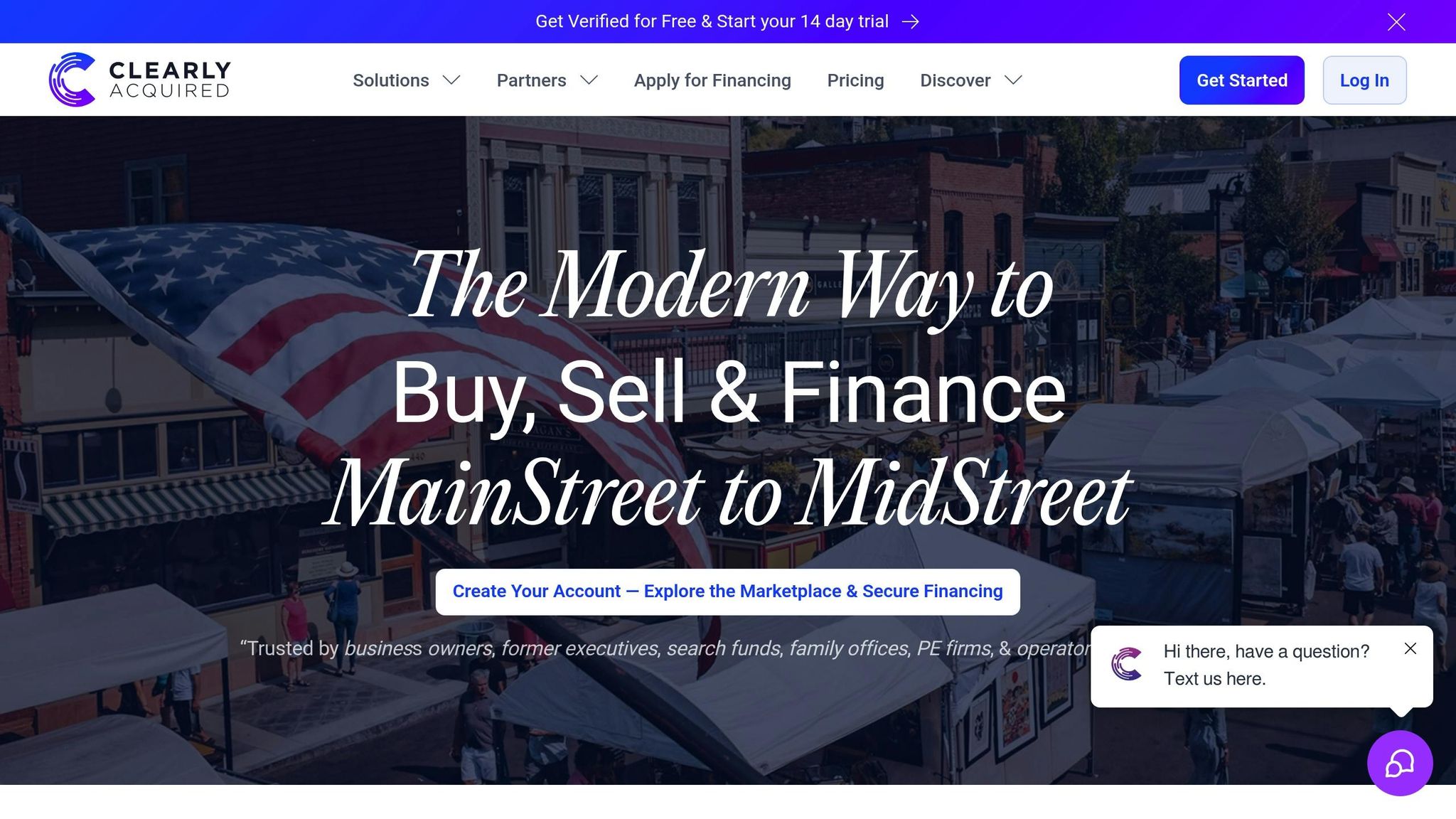
When applying for an SBA loan, having well-organized documents and a solid business plan is crucial. But you can take it a step further by using advanced tools to simplify and strengthen your application. Clearly Acquired's AI-driven platform is designed to tackle common issues that often lead to loan rejections. By offering expert guidance and tools for document management, it makes the entire process more efficient and less stressful.
Secure File Sharing with Data Rooms
SBA loan applications involve sharing sensitive financial documents, which can be a daunting task. Clearly Acquired simplifies this with secure data rooms. These allow you to upload and share documents in a controlled environment, giving access only to authorized individuals like lenders and attorneys. This feature not only keeps your information secure but also helps prevent common documentation mistakes that could delay or derail your application.
AI Tools for Business Plans and Valuations
A strong business plan is a must for a successful SBA loan application, and Clearly Acquired’s AI tools can make all the difference. The platform includes an AI-based valuation tool that aligns your financial data with industry benchmarks and market trends. This is especially helpful when applying for acquisition financing, as it provides data-backed valuations that lenders trust. The tool evaluates similar businesses, recent sale prices, and your company’s financial performance to deliver reliable insights.
In addition to valuations, the platform offers business audits and growth insights. These tools highlight key value drivers and areas for improvement, enabling you to create realistic growth projections supported by solid data. With this level of detail in your business plan, you can present a compelling case for your loan, backed by industry analysis and AI-driven insights.
Expert Help and Pre-Qualification Tools
Expert advice early in the process can save you time and reduce the likelihood of rejections. Clearly Acquired connects you with advisory services that review your application before submission, ensuring it’s free from common errors.
The platform also features pre-qualification tools, integrated with Plaid, to help you assess your borrowing capacity. This allows you to identify the loan programs and amounts that best fit your needs before you even start applying. By focusing on lenders that align with your industry and loan requirements, you avoid the pitfalls of broad applications and multiple credit checks. Instead, you can target lenders who are more likely to approve your application, saving time and increasing your chances of success.
These tools work together to create a seamless application experience, addressing common challenges and helping you submit a well-prepared, organized application that stands out to lenders.
Conclusion: Getting SBA Loan Approval Through Better Applications
Securing an SBA loan starts with making precise adjustments. When lenders provide feedback on your application, they’re essentially giving you a roadmap to approval. The key is to take their feedback seriously and address the issues they highlight before resubmitting. Data consistently shows that these corrections play a critical role in achieving success.
In fiscal year 2024, the SBA 7(a) loan program approved over 57,000 loans totaling $25.7 billion, yet fewer than 50% of first-time applicants were approved. Common application mistakes are a big reason for this, which is why systematically addressing lender feedback is so important.
Being prepared and organized is non-negotiable. Lenders frequently cite incomplete or poorly organized applications as a major reason for denial. Fixing these issues can often turn a rejection into an approval. To get started on the right foot, have these documents ready before applying: two years of tax returns, year-to-date profit and loss statements, a balance sheet, and a 12-month cash-flow projection.
Your personal credit score is another crucial factor that many applicants underestimate. A score below 680 is a common reason for SBA loan denials, as lenders generally prefer scores above this mark. If your credit score needs improvement, address those issues before reapplying - this is one of the most manageable factors in the process.
Advanced tools, like those offered by Clearly Acquired, are making the application process easier. These tools help applicants organize their documents, craft stronger business plans, and get expert advice before submitting their applications. As lenders increasingly expect polished and professional submissions, leveraging technology can give you a much-needed edge.
Seeking expert guidance early on can save you time and reduce the risk of rejection. Whether it’s having a CPA review your financials or using pre-qualification tools to focus on the right lenders, professional support can be the difference between approval and another round of revisions.
Keep in mind that interim financials may be required if more than 90 days have passed since your year-end statements. Staying ahead of these requirements by keeping your financial records up to date - and having a CPA review them for accuracy - can add credibility to your application and help you avoid mistakes.
The takeaway is clear: SBA loan approval depends on thorough preparation, consistent adjustments, and utilizing the right resources. By combining organized documentation, strategic planning, and professional guidance, you’ll be well-positioned to secure the funding your business needs to thrive. Every step you take to refine your application brings you closer to achieving your goals.
FAQs
What should I do if my SBA loan application is denied because of missing documents?
If your SBA loan application gets denied because of missing documents, the first step is to carefully review the feedback from the SBA or your lender. Pinpoint exactly which documents are missing and gather them as quickly as possible.
If anything is unclear, don’t hesitate to contact your loan officer or SBA representative for clarification. Once you’ve addressed the issues, double-check that all your paperwork is accurate and complete before resubmitting. Paying close attention to the details and responding to feedback can improve your chances of approval the second time around.
What can I do to strengthen my business plan and improve my chances of getting an SBA loan approved?
To strengthen your SBA loan application, start with a well-structured and detailed business plan. This should include a clear company overview, a thorough market analysis, and realistic financial projections spanning at least 3 to 5 years. These components help showcase your readiness and the potential success of your business.
Make sure your plan is easy to follow and compelling, emphasizing how the loan will directly support your business's growth or stability. You can boost your application further by improving your credit score, providing adequate collateral, and minimizing down payment needs. Combining a solid business plan with these efforts can greatly improve your chances of securing approval.
How can I address common issues and simplify the SBA loan application process?
To give your SBA loan application the best shot at approval and sidestep common mistakes, start by using tools like the SBA's Lender Match. This tool helps you connect with lenders who are experienced in handling SBA loans. Once you've found a lender, focus on submitting a complete and accurate application.
Here are some quick tips to strengthen your application:
- Double-check your financial statements: Ensure all numbers are accurate and well-documented. Errors here can raise red flags.
- Prepare a solid business plan: A clear, detailed plan demonstrates your vision and how you’ll use the loan to achieve it.
- Stay updated on SBA requirements: Loan criteria can change, so make sure you're familiar with the latest guidelines.
Additionally, take advantage of resources like comprehensive loan guides and expert advice. These can help you navigate the process, avoid common errors, and improve your chances of success. A little extra preparation and the right tools can make the entire experience much smoother.







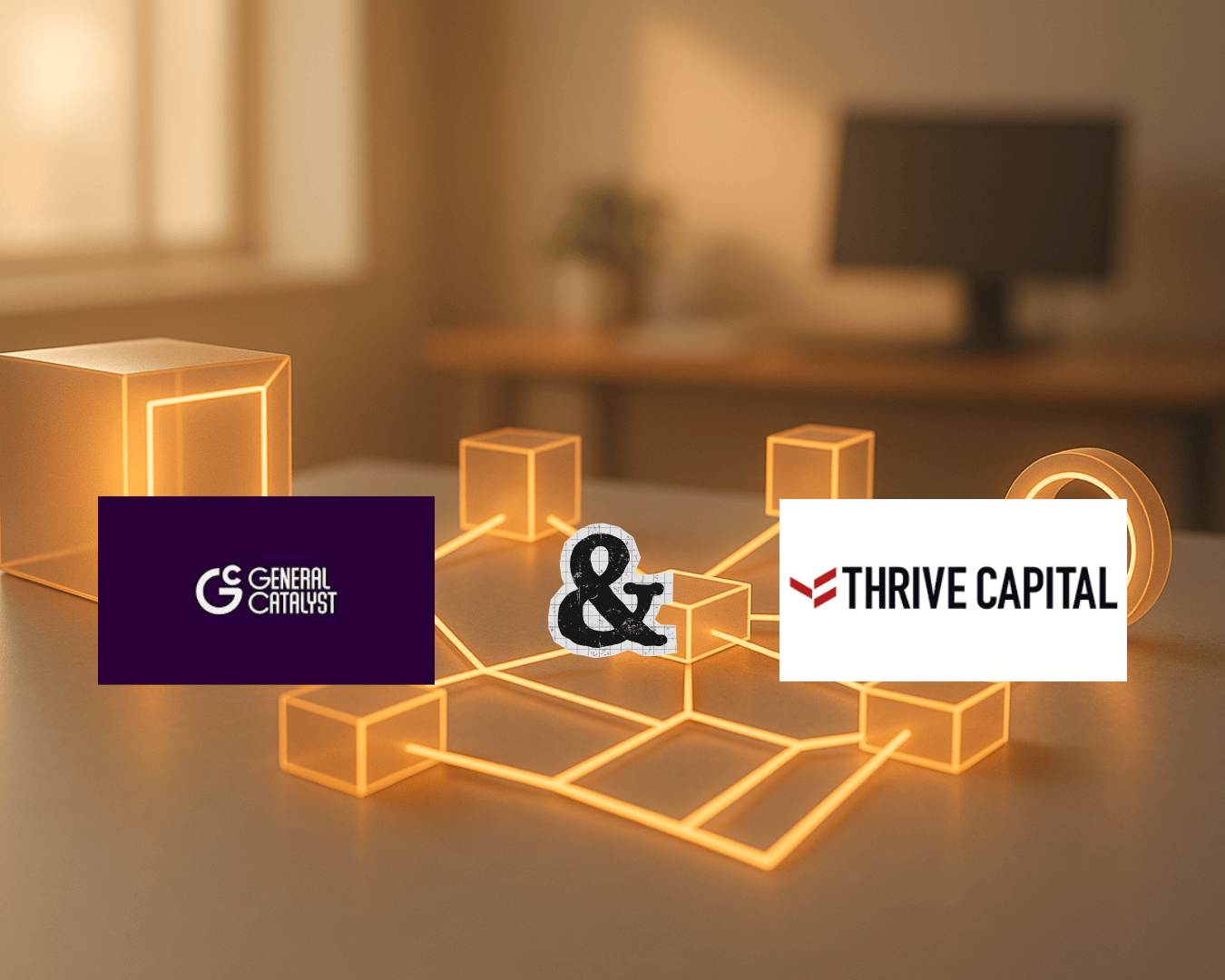
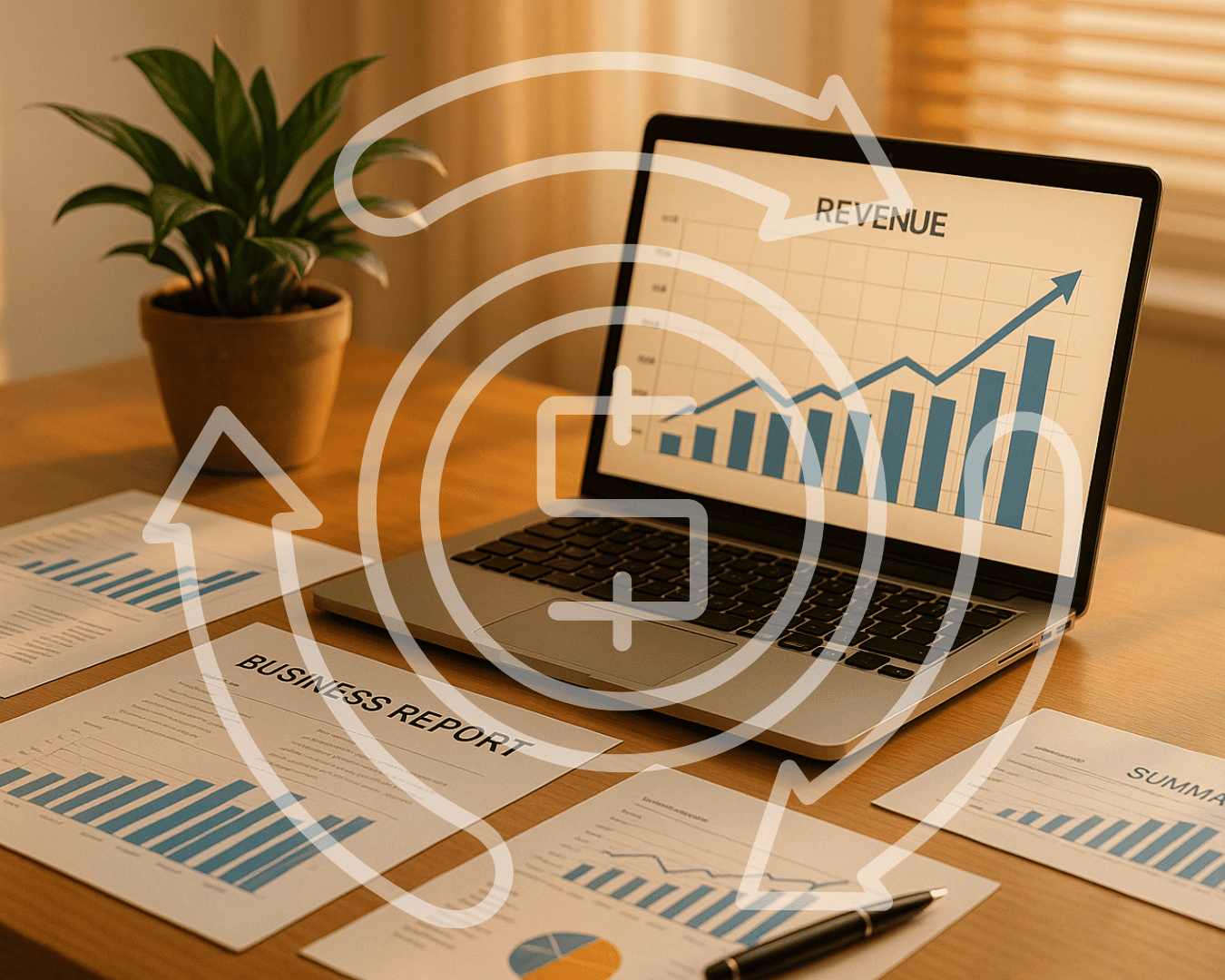










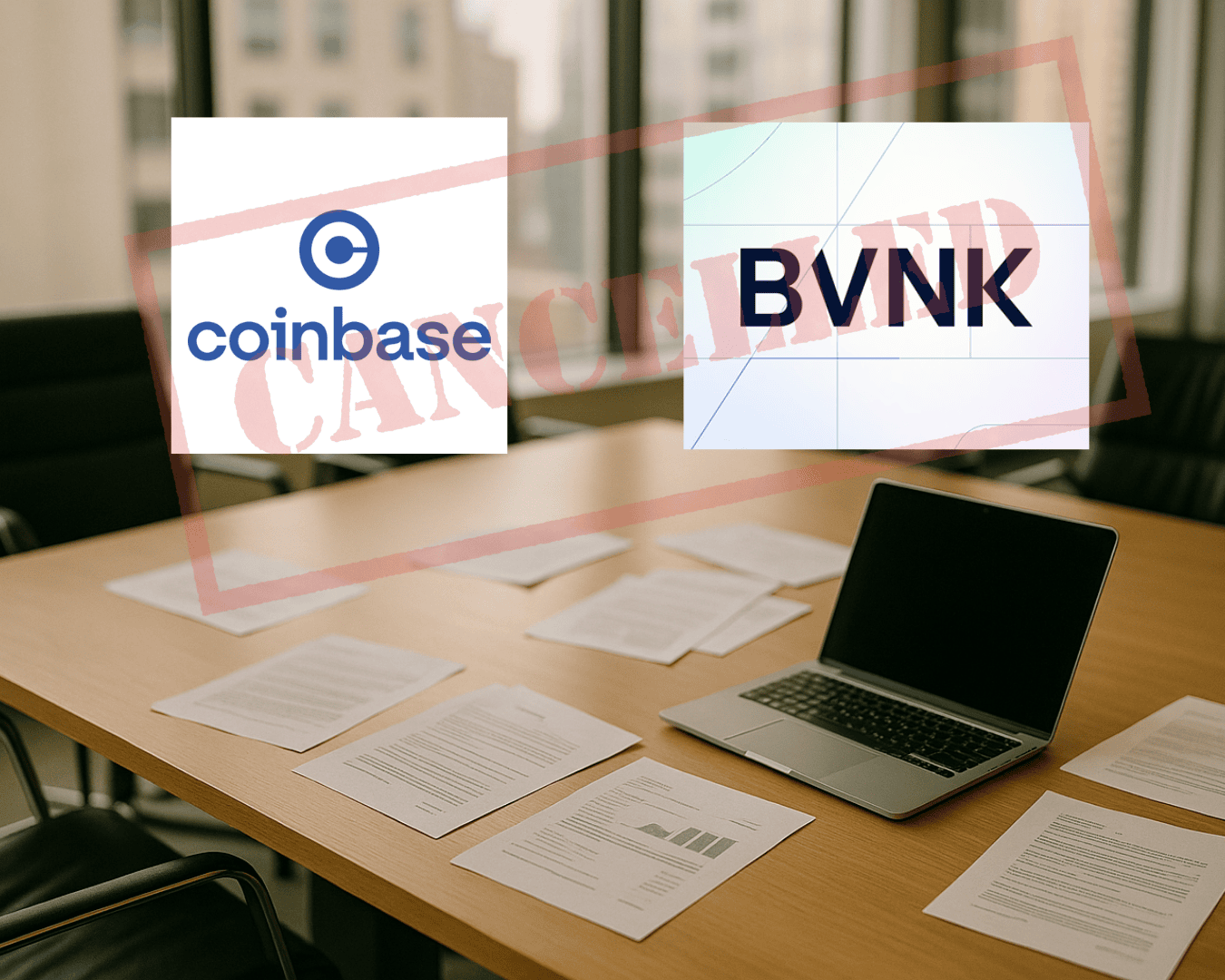









.png)




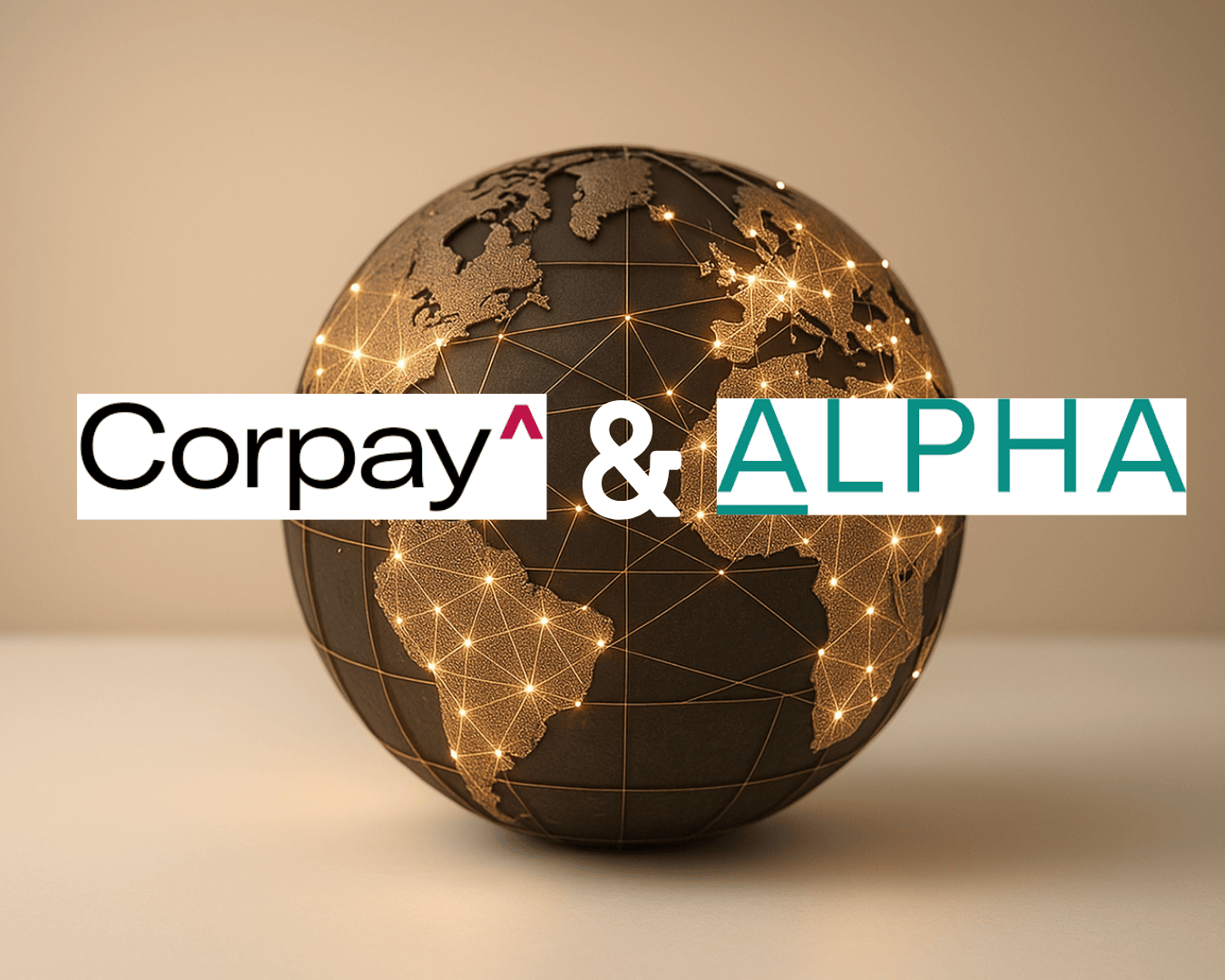












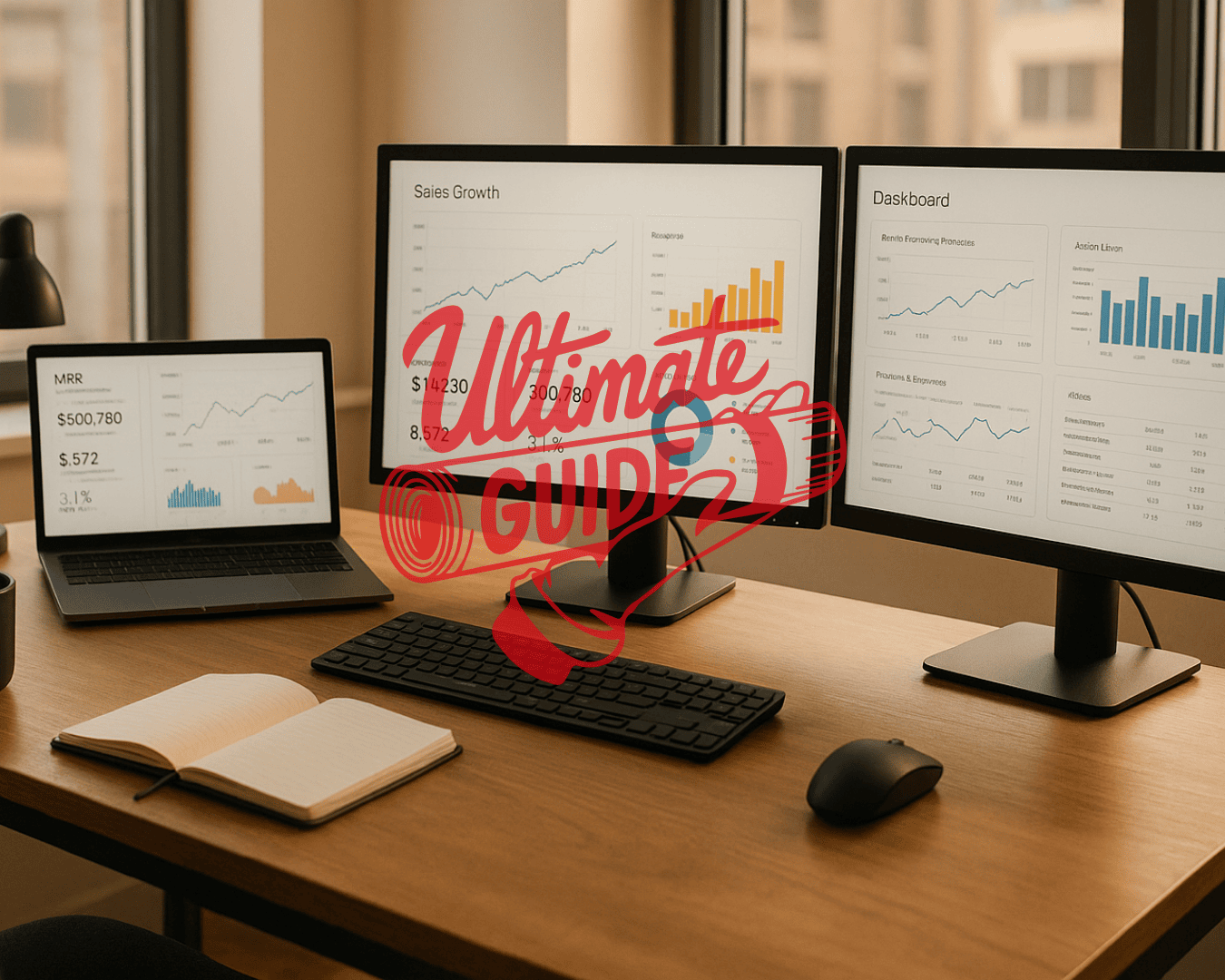




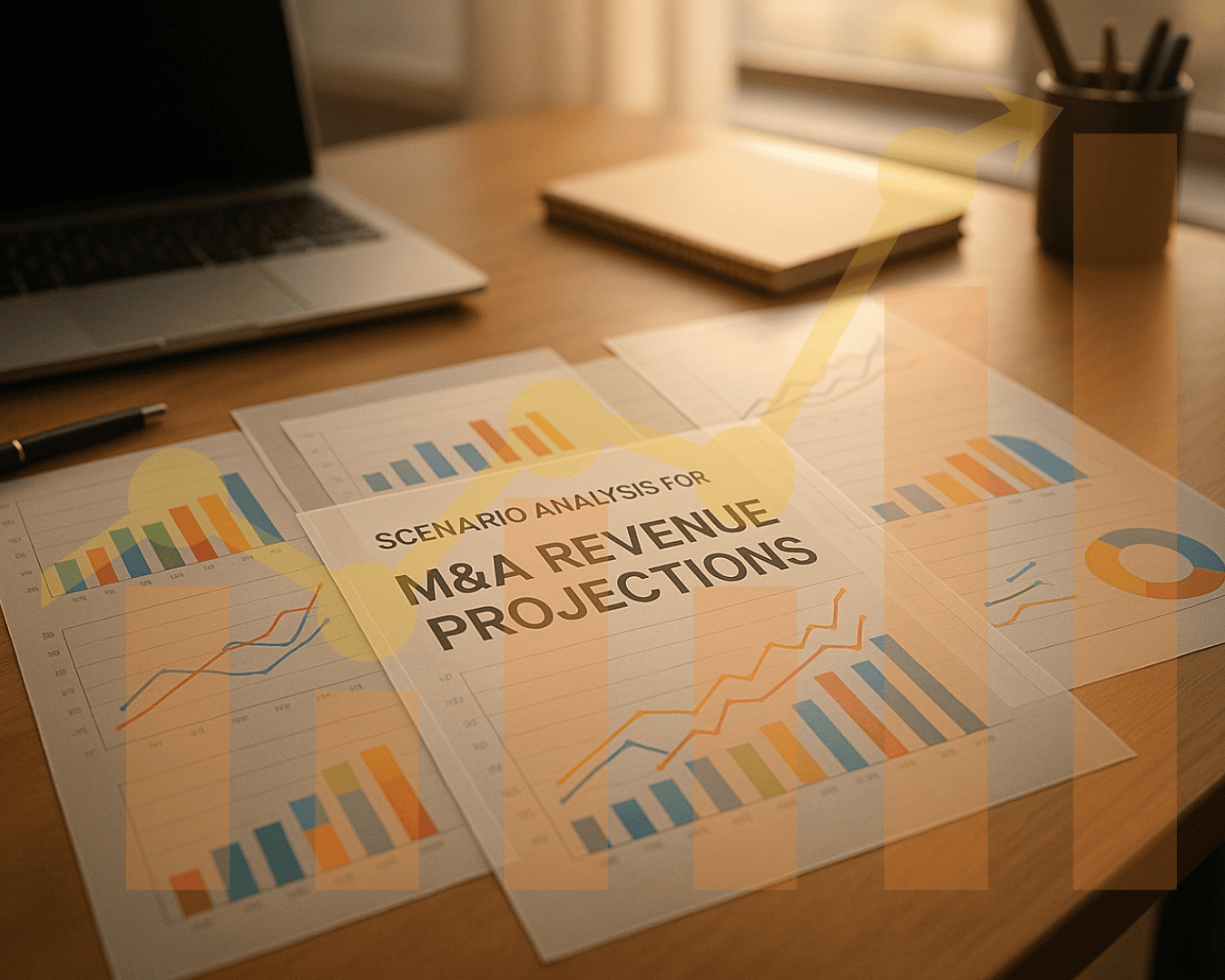





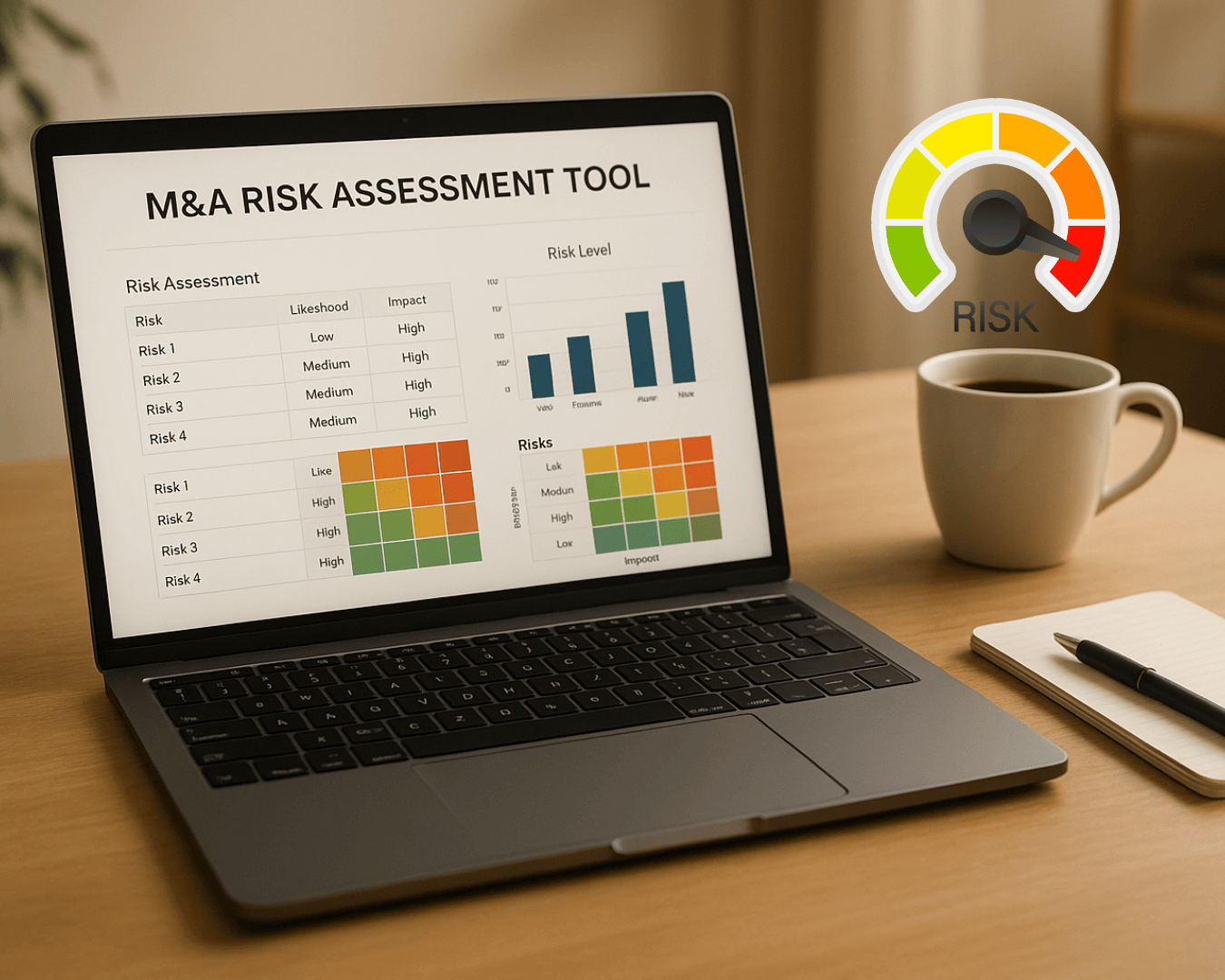


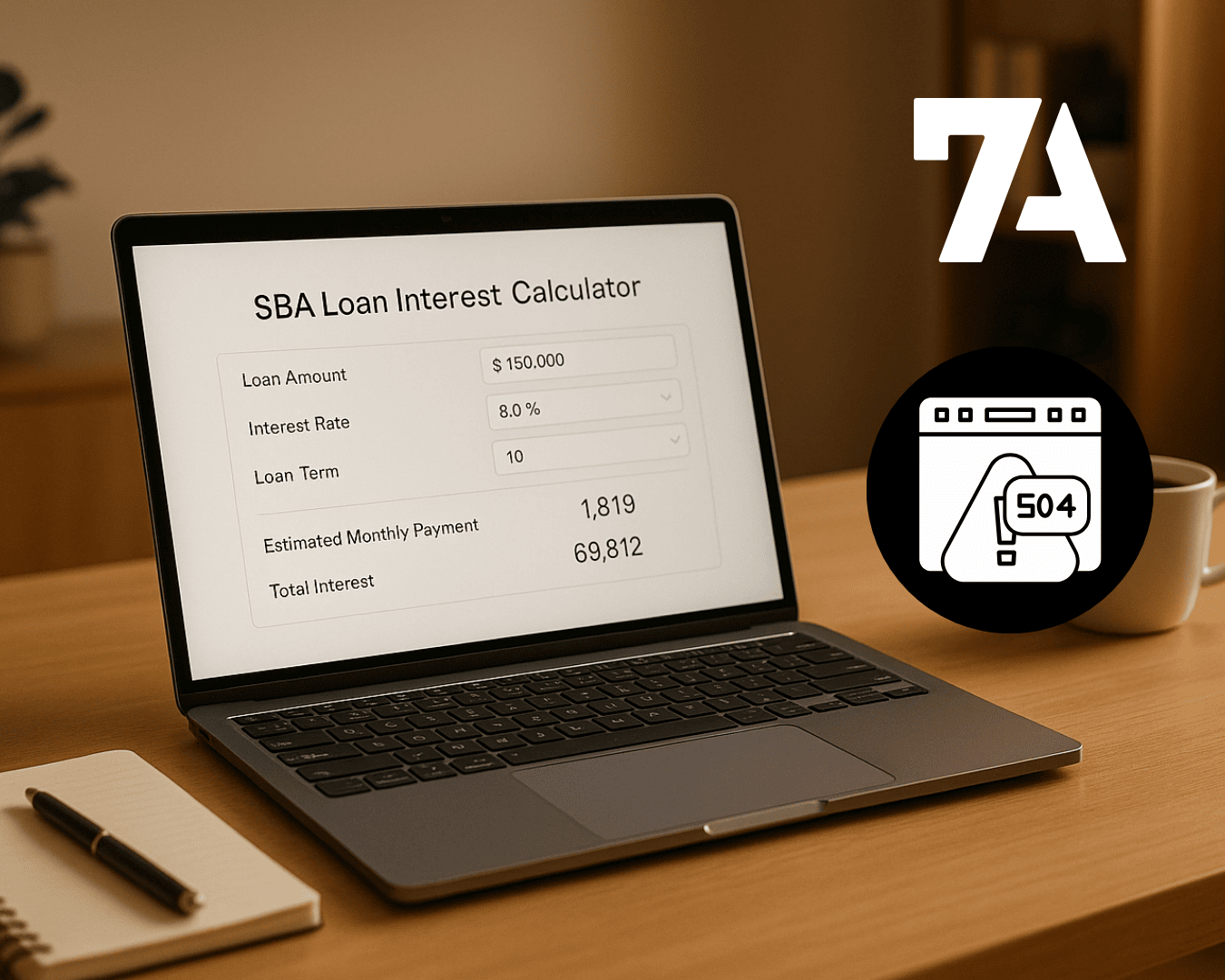








%20Loan%20Application%20Checklist.png)
